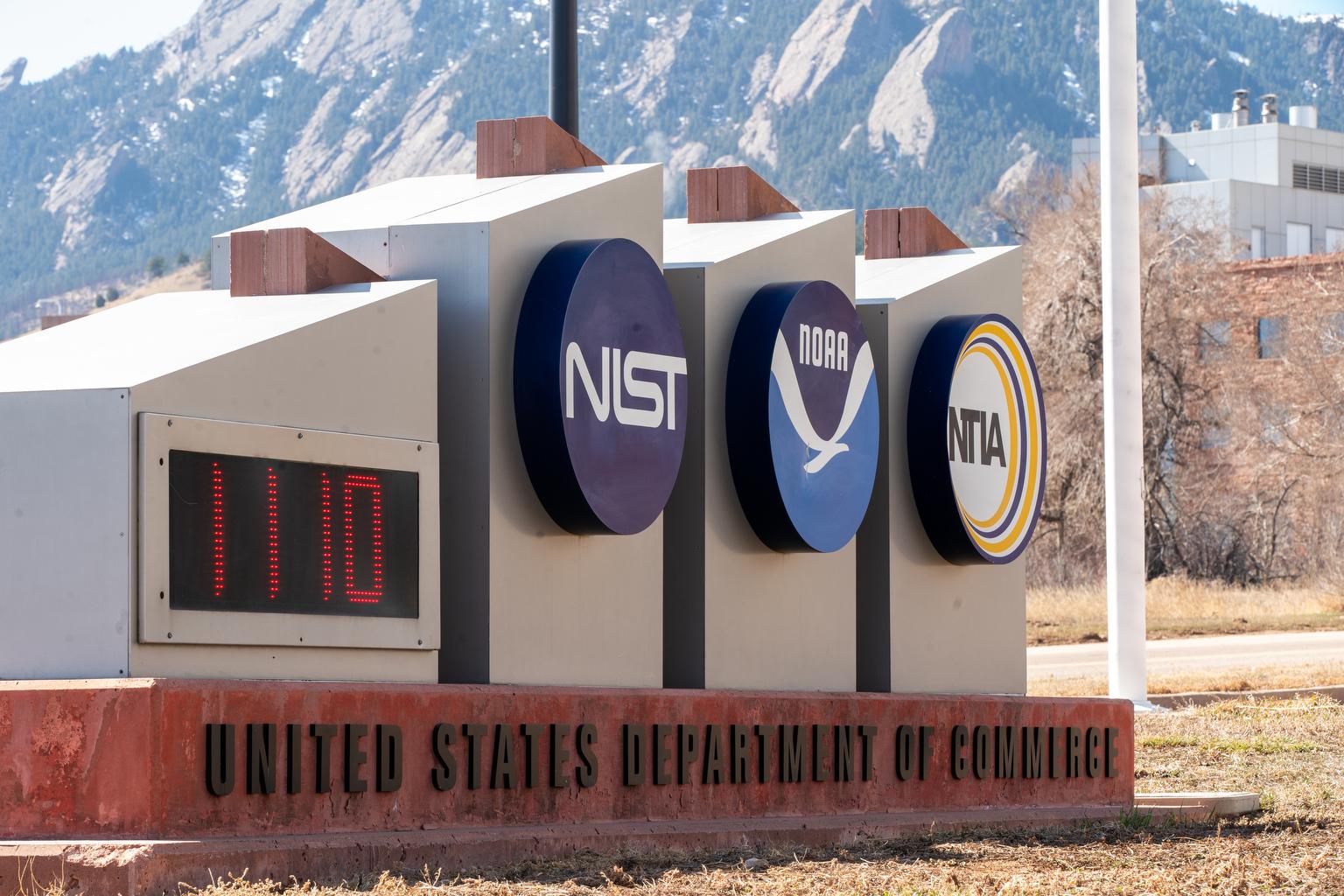
This week Hal introduces us to NGC 457, otherwise known as the Owl Cluster, alias the E.T. Cluster.
We humans have brains that are wired to recognize patterns. We can’t help it, it’s the way we’ve evolved. We fall victim to pareidolia, a fancy word that simply means were conditioned to find patterns that make sense to us. That’s why some people see a face on Mars in a mountain range, and others think they see familiar shapes in cloud banks.
Pareidolia is definitely present in astronomy. The man in the moon is probably the most famous example, but my favorite, if you’re old enough to remember the movie, is the star cluster we call ET.
More formally called NGC 457, or the Owl Cluster, the ET cluster is called that because, well, it sure looks like our little alien buddy, eyes aglow, with outstretched arms to give us all an innerstellar hug. Found in the northern sky constellation Cassiopeia, the ET cluster contains roughly 100 stars.
Two of the brightest make up the eyes of ET, while three other streams of stars seem to make up the body and arms. In the pareidolia doesn’t stop with ET. Some people see an owl, hence its formal name. Others have seen fighter aircraft and other winged creatures. But for me at least, it’s always going to look like our extraterrestrial buddy from 1982.
Just under 10,000 light years away, this cluster is made up of relatively young stars, only about 20 million years of age, far younger than our own sun at 4.5 billion years old. It’s one of the brightest open clusters in the sky, so even if you don’t see ET, you may want to phone home after you view it to tell everyone how lovely it was.
If you’d like to take a closer look at the ET cluster, or any of the other wonderful and amazing things in the sky, please visit KRCC.org or CSASTRO.org for a link to information on our monthly meetings and our free public star parties!
This is Hal Bidlack for the Colorado Springs Astronomical Society, telling you to keep looking up, Southern Colorado!







